Domestic Companies Forge Ahead: AI Glasses Break Free from "Sony Dependence" – Is the Visual Camera the Future?
![]() 02/19 2025
02/19 2025
![]() 950
950
AI vision cameras serve as the "eyes" of smart glasses, providing crucial sensory input.
Sony's reign in the AI glasses market is beginning to waver.
The market success of Ray-Ban Meta and the novel narrative introduced by AI have transformed AI glasses into a new battleground in the consumer electronics industry, even earning the moniker "Hundred Glasses War".
In this competitive landscape, equipping AI glasses with cameras has nearly become a universal practice. With the exception of a handful of products like Jiehuan AI Audio Glasses, most AI glasses that have been released or leaked come standard with cameras to facilitate image capture and AI vision-based functionalities.
However, for the core CMOS image sensor, Sony's IMX681 is virtually the default choice across all current AI glasses – from Ray-Ban Meta to LeiBird V3, LiWeike View, Rokid Glasses, and even the upcoming Samsung and Xiaomi AI glasses, almost all utilize Sony's IMX681.
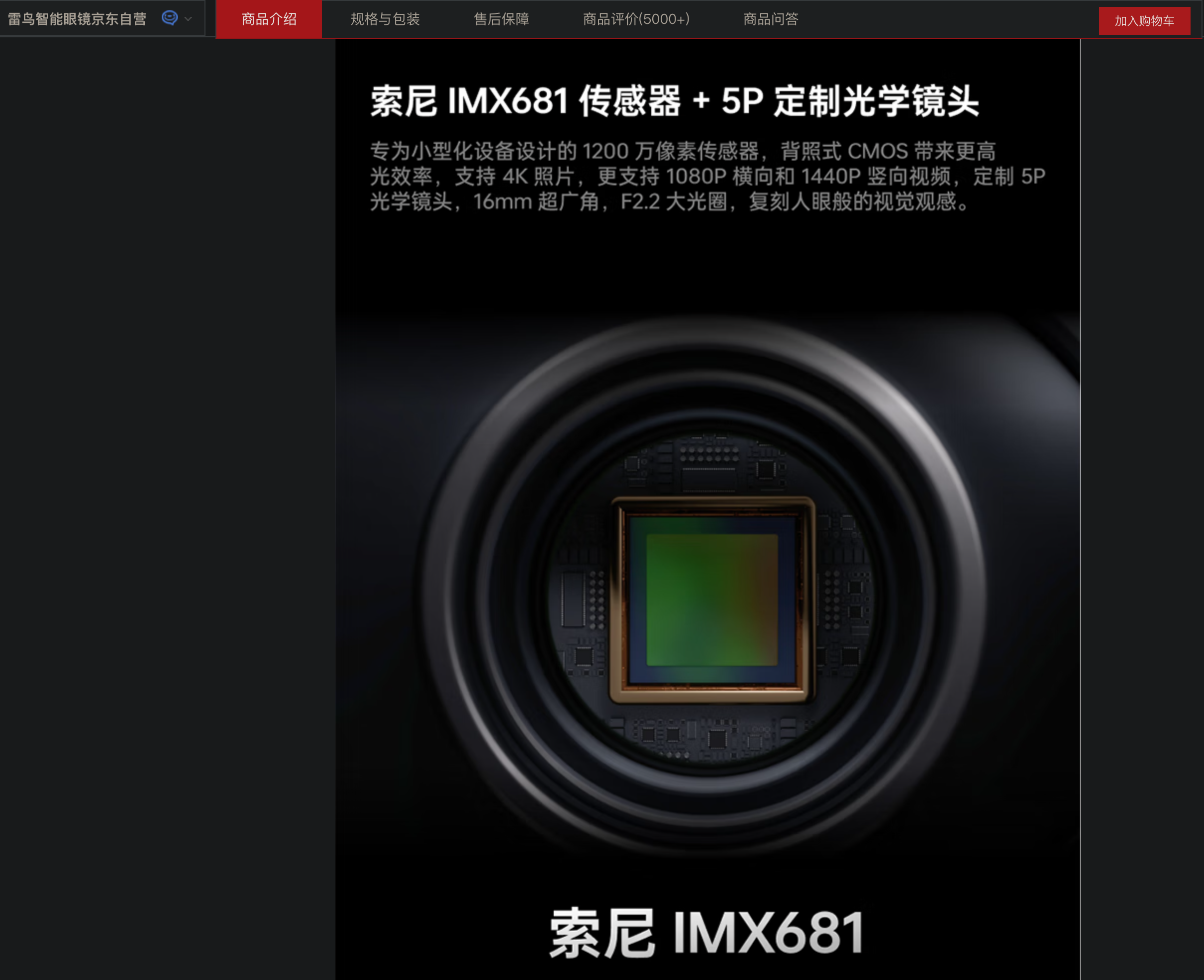
LeiBird V3 product page, image/LeiBird Innovation
Yet, just last week, China Machine Vision Network reported that Weir Corporation (owner of CMOS manufacturer OmniVision) successfully secured the Amazon AI+AR glasses project.
This week, industry media XR Research Institute further revealed that two Chinese companies have successfully developed new CMOS image sensors for AR/AI glasses, boasting parameters and performance that even surpass Sony's IMX681, which is currently widely used in AI glasses. According to the revelation, these two companies are:
OmniVision and SmartSens.
OmniVision is no stranger to many. Its products in the mobile CMOS field have been adopted by Xiaomi and Huawei for the main cameras of their latest flagship models. A few days ago, Yu Renrong went viral online for his "relaxed sitting posture." The Weir Corporation he heads is the parent company of OmniVision. In 2019, Weir Corporation successfully acquired Beijing OmniVision, the world's third-largest image sensor chip manufacturer, for 15.2 billion yuan, becoming China's leading CMOS chip manufacturer, with CMOS image sensors as a core business.
As for SmartSens, as a CMOS manufacturer, it is also active in the mobile phone market, ranking second only to Sony, Samsung, GC, and OmniVision in global mobile phone camera CMOS shipments in 2023.
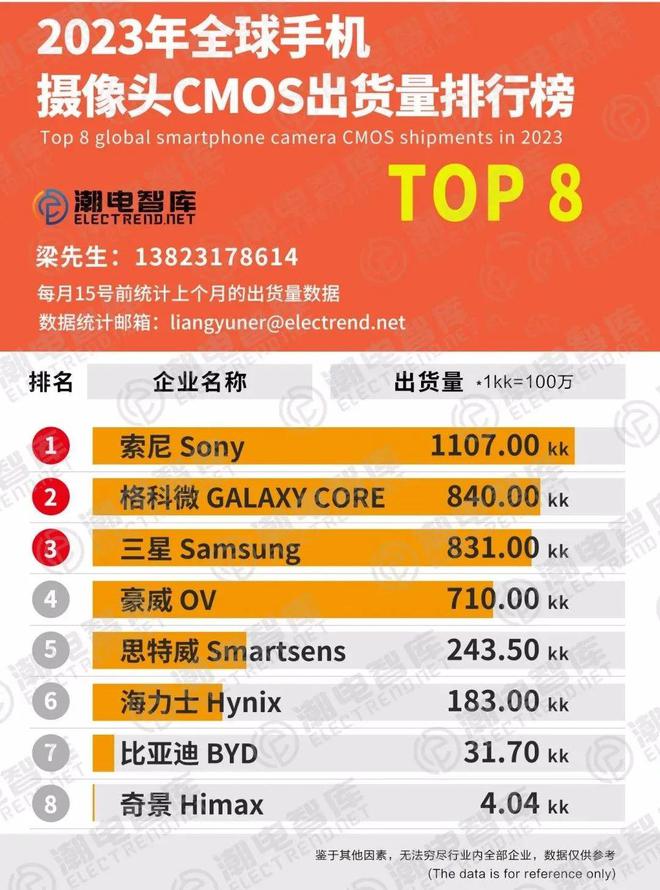
Image/ChaoDian Intelligence
However, in the realm of AI glasses, OmniVision and SmartSens are facing Sony, which virtually monopolizes the technology.
Sony IMX681: Once the "Standard Configuration" for AI Glasses
Why does Sony's IMX681 dominate the current AI glasses market? The core lies in its alignment with the needs of this category: compact size, low power consumption, adequate shooting quality, and a mature development ecosystem.
Let's start with size. According to official Ray-Ban Meta information, the Sony IMX681 features a pixel arrangement of 3024x4032 (ratio of 3:4) with a pixel count of 12 million. Coupled with a pixel pitch (and size) of 1 micron, it can be deduced that the CMOS width should be slightly over 4.032mm, and the length slightly over 3.024mm.
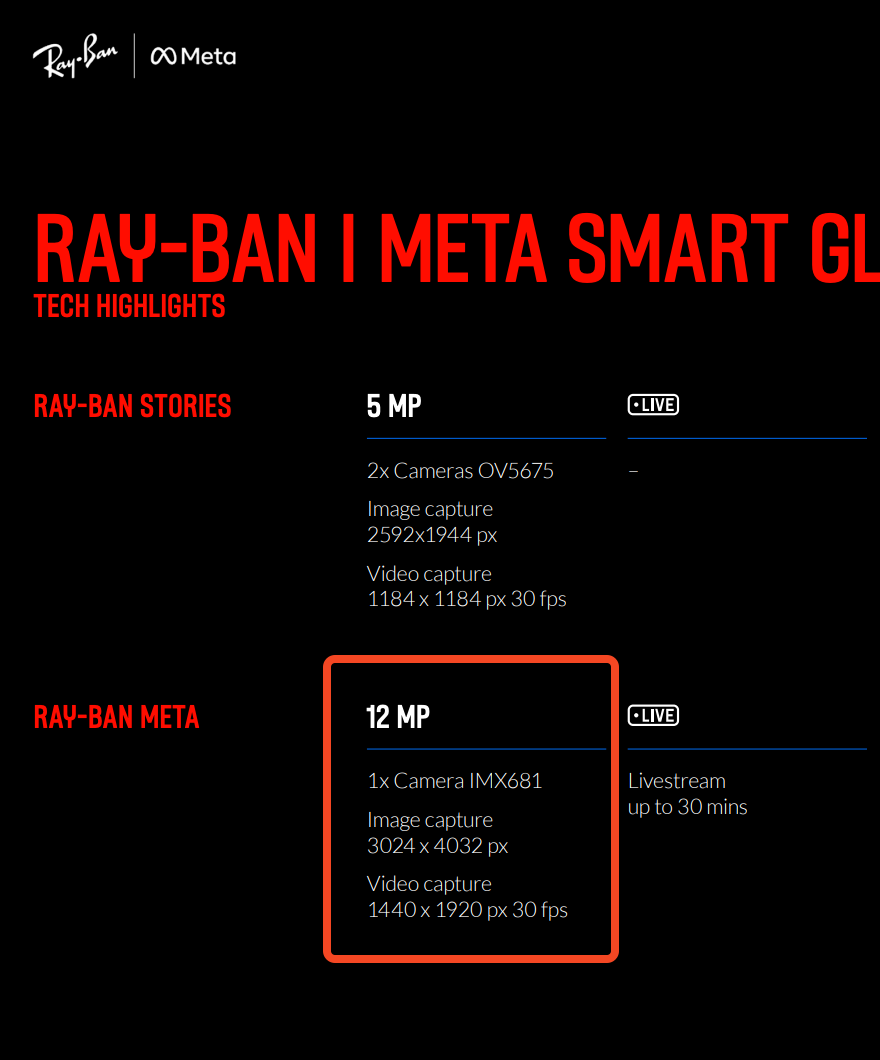
Technical parameters provided by Ray-Ban Meta's official information, image/Ray-Ban
According to LeiBird Innovation, the size of the sensor (IMX681) is approximately 25% that of a mobile phone camera. This aligns with our general estimation. Modern mobile phone main cameras typically employ CMOS sensors ranging from 1/1.3 inches to 1/1.5 inches (approximately 9mm × 7mm in length and width), while the IMX681 sensor is significantly smaller.
Additionally, the battery size of AI glasses is limited, making power consumption control paramount. The IMX681 adopts a back-illuminated stacked process (BSI Stacked), which optimizes energy consumption management and is more energy-efficient compared to mobile phone-level CMOS sensors. Low-power CMOS also mitigates the overall heating issue of AI glasses, preventing an unpleasant experience due to heat generation while wearing them.
Moreover, the IMX681 offers excellent HDR support and utilizes Global Shutter technology.
When AI glasses are used for AR experiences and object recognition, capturing moving objects is often necessary. Global Shutter can avoid the motion distortion issues caused by traditional Rolling Shutter. For real-time scene recognition (OCR, gesture detection, face recognition, etc.), Global Shutter provides clearer images, beneficial for AI algorithm processing.
However, the advantages of the IMX681 extend beyond technical specifications to Sony's established imaging ecosystem on smartphones and its deep integration with the Qualcomm Snapdragon AR1 platform.
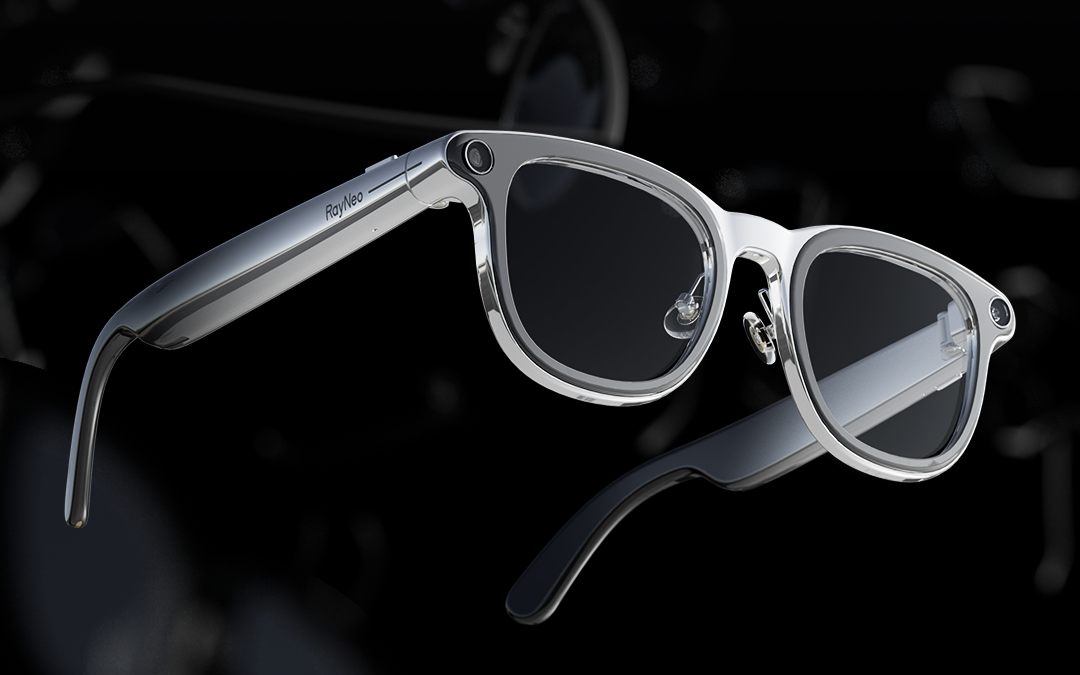
LeiBird V3, image/LeiBird Innovation
A direct example is the recently launched LeiBird V3 AI recording glasses, featuring a core configuration of Qualcomm Snapdragon AR1 Gen 1 + Sony IMX681, coupled with the ArcSoft algorithm commonly used by mobile phone manufacturers, directly offering impressive imaging performance.
Sony Moves Slowly, While Domestic Manufacturers Iterate Quickly
But this situation may soon change.
On one hand, news indicates that the new generation of CMOS developed by OmniVision and SmartSens surpasses Sony's IMX681 in performance parameters. No matter how good the IMX681 is, it is ultimately a product developed a few years ago. AI glasses are at a pivotal stage of transitioning from niche exploration to mass consumption. Users' demands for image quality, AI computing power, and battery life are escalating, and manufacturers need new and more powerful solutions.
When Sony's technology iteration speed cannot keep pace with market demand, opportunities arise for challengers.
On the other hand, it's about cost and cooperation. Generally, the cost of procuring Sony's high-end CMOS is not insignificant, and a major advantage of domestic manufacturers is their lower prices, transforming the market landscape through superior cost-effectiveness. Unlike international giants like Sony, domestic supply chain manufacturers have proven to be more focused on the needs of end manufacturers and are more willing to "customize" products with them.
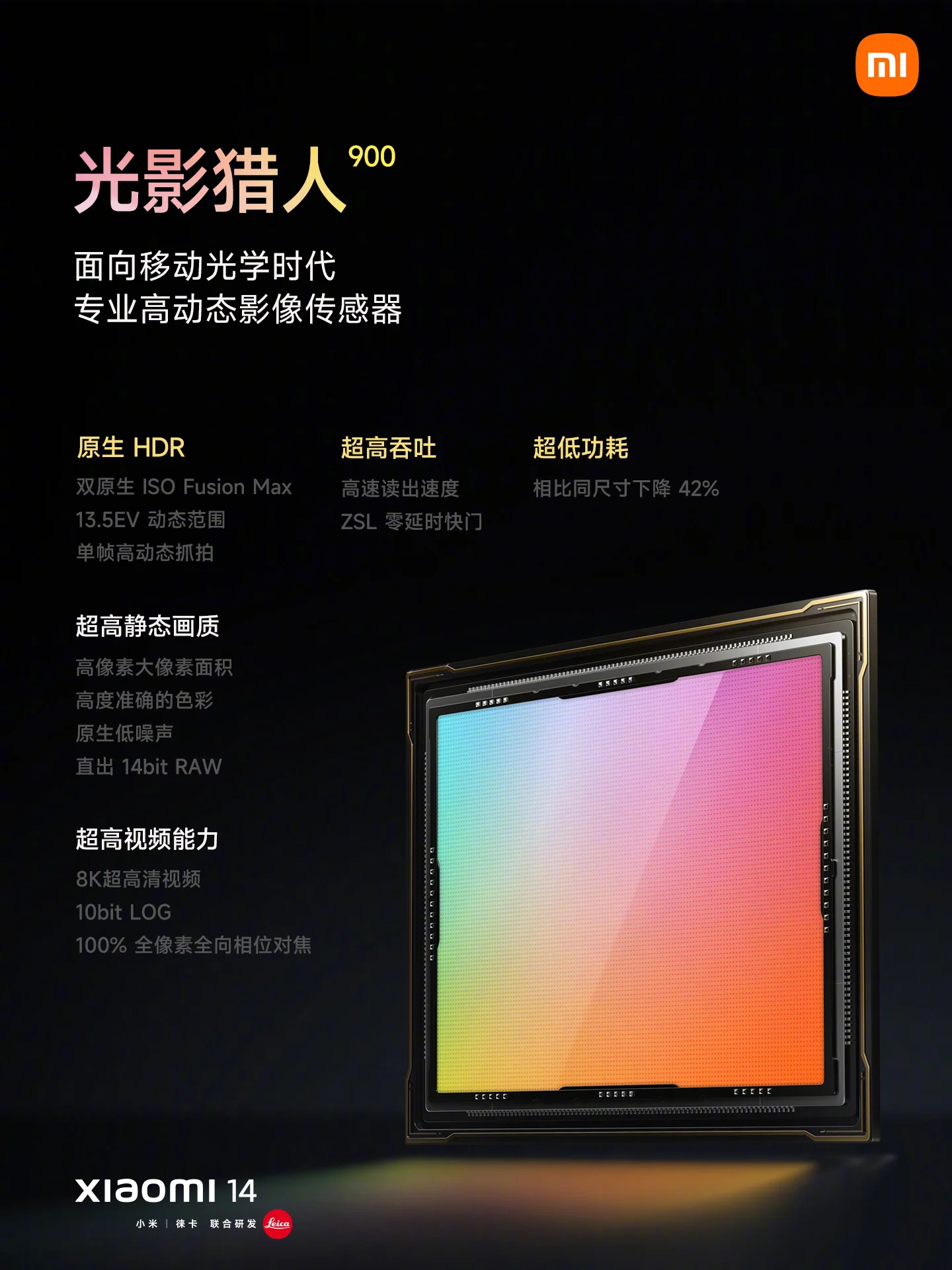
Guangying Hunter 900 corresponds to OmniVision OV50H, image/Xiaomi
Of course, the best proof is the order. Although Reuters previously reported that Amazon's AI+AR glasses are primarily targeted at its own delivery personnel to enhance delivery efficiency, OmniVision has initially won a round against Sony in the competition.
However, as mentioned earlier, Sony's ecosystem advantage is also a hurdle that domestic CMOS manufacturers need to overcome.
Benefiting from its long-term dominance of the high-end market in the smartphone era, Sony CMOS can almost be considered the benchmark for mobile imaging and even one of the key "parameters" for users when choosing a mobile phone. This has allowed Sony to accumulate vast experience in image ISP tuning, algorithm optimization, and developer adaptation.
This also includes collaborative optimization with Qualcomm Snapdragon AR platforms. In fact, we can see that besides the widespread adoption of Sony IMX681 as the CMOS image sensor, AI glasses generally utilize Qualcomm Snapdragon AR1 Gen 1 as the computing platform.
All these factors mean that when manufacturers adopt the Snapdragon AR1 solution, they can achieve a relatively mature imaging experience without needing to invest significant manpower in image optimization. For AI glasses manufacturers, this is a safe and swift development path.
AI Vision Cameras Define the Future: The "Eyes" of AI Glasses?
In fact, reviewing the success of Ray-Ban Meta, it's not difficult to discern that besides a notable optimization of the basic experience, a key point of success focuses on the optimization and expanded usage scenarios of Ray-Ban Meta's "camera".
Through the camera, Ray-Ban Meta users can record footage with superior image quality anytime, anywhere, seamlessly sharing it to social networks. With the camera, Ray-Ban Meta users can also engage in AI-based conversations based on the real world anytime, anywhere.

Ray-Ban Meta, image/Meta
If the imaging capability of smartphones allows users to "shoot anytime," the imaging capability of AI glasses enables users to "shoot unnoticed." Its value lies in freeing hands and making shooting smoother and more natural. This is also a core factor in Ray-Ban Meta becoming the most popular AI glasses on the market currently – first-person perspective + social sharing, making it inherently advantageous for dissemination in the short video era.
In numerous experience and review videos, "having a camera on the head" is also the core product perception of Ray-Ban Meta.
Image capture is merely part of the value of the AI glasses camera. The greater potential lies in the AI vision capability based on the camera – that is, the camera is not merely a tool for recording images but the "eyes" through which AI glasses understand the outside world.
AI glasses without cameras are essentially more akin to glasses with integrated AI earphones, only capable of passively receiving commands. On the other hand, AI glasses equipped with cameras have the ability to actively perceive the environment, which directly determines whether AI glasses can provide truly intelligent interactive experiences.

Image/Rokid
This has already been initially demonstrated in AI glasses such as Ray-Ban Meta, Rokid Glasses, and LeiBird V3. Based on AI vision, AI glasses can not only serve as an "encyclopedia" to answer human curiosity about the real world but also provide an unnoticed real-time AI translation experience.
Admittedly, the practical application of AI vision is still in its nascent stages, with many areas yet to be explored. But it is undeniable that for AI glasses to truly become daily-worn "smart devices," cameras are almost indispensable, and AI computing adaptability may become increasingly crucial compared to shooting capabilities.
Written at the End
In summary, essentially, the camera for AI glasses is not merely an imaging component for capturing photos and videos; to a certain extent, it has already become a crucial dividing line for whether AI glasses can truly become "smart devices":
Without a camera, AI glasses are merely "glasses with earphone functionality" or voice assistants worn on the face; with a camera, they possess environmental perception capabilities and can genuinely contribute to AI interaction, AR experiences, and intelligent recognition.
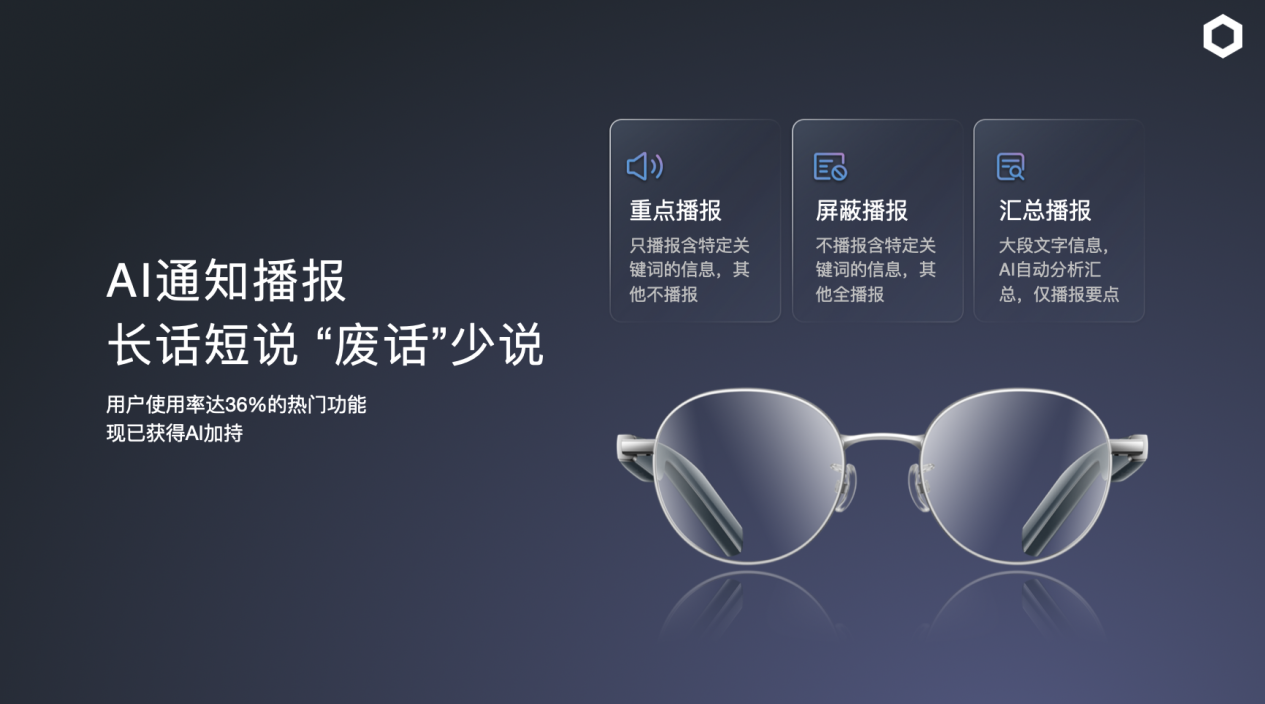
What Jiehuan AI Audio Glasses do, AI earphones can also do, image/Jiehuan
In other words, when the function of the camera extends from image recording to AI vision, it is not only a tool for users to shoot but also the key for AI to perceive the world.
And the significance of domestic CMOS manufacturers breaking Sony's technology monopoly goes far beyond providing a new image sensor option; it directly alters the "supply" of core components for AI glasses, making them more abundant and superior. In the current era where open-source power is embraced by all, together, we are driving the optimization of AI glasses experience on end products.
From this perspective, the transition from Sony's dominance to multiple manufacturers competing is not only an inevitability of market and technological evolution but may also become a critical node for AI glasses to enter a broader market.







